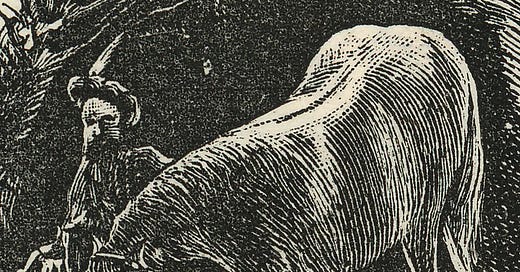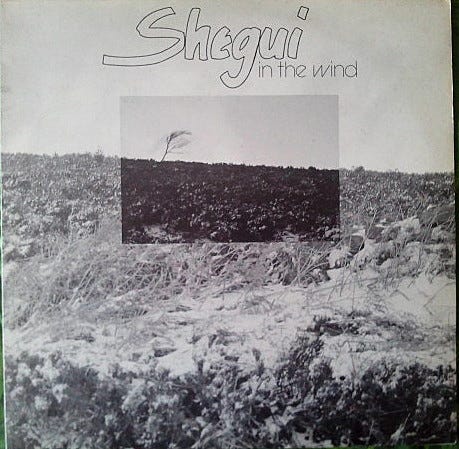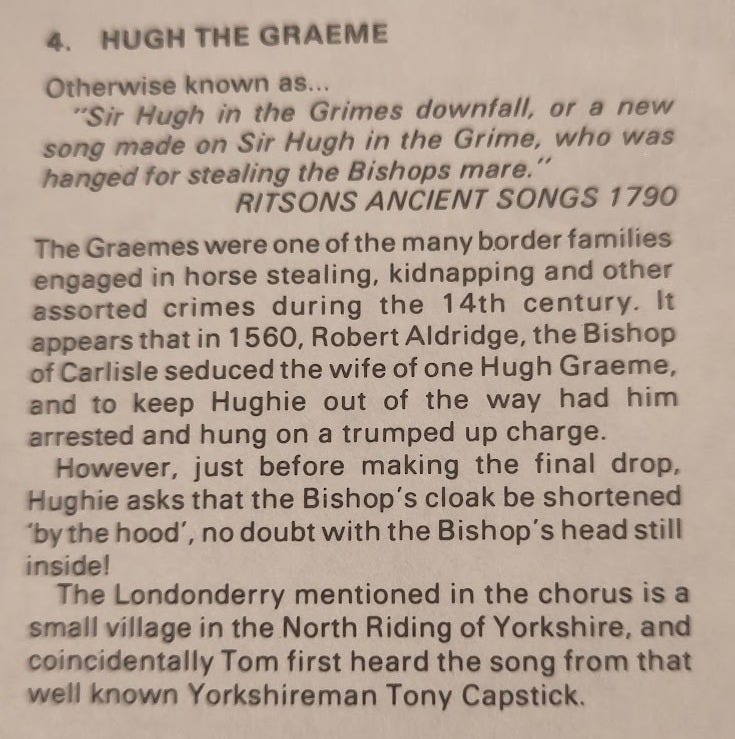ROUD 84: Hughie Graeme
AKA: Hugh the Grame, Hughie the Graham, The Life and Death of Sir Hugh of the Grime, Sir Hughie the Grame, Our Lords are to the Mountains Gane

This is another tale of a border reiver getting their comeuppance, with echoes of Johnnie Armstrong, but this time, the protagonist is accused of stealing the Bishop’s horse. However, it’s more difficult to establish any historical provenance for this ballad; while the Graemes were a renowned reiver clan in the area (probably the second largest after the Armstrongs), there’s no record of the horse thievery, a Hughie Graeme’s subsequent execution, or the priestly infidelity given in the song. It’s even impossible to establish any “Hugh” within the clan at the time, although there were around 400 Graeme’s reported to the Bishop of Carlisle for their crimes, and not all were named.
Music
A quite long and interesting playlist demonstrates the relative popularity of this apparently fictional reiver tale over others recently discussed here. There seem to be two main versions of the tune currently in circulation, the first employing two-strain melody typified by June Tabor on her 2003 album “An Echo of Hooves”:
The other tune commonly found has a refrain, and was first recorded by Ewan MacColl in 1956:
As usual, my attention is grabbed by versions that push the boundaries of the folk tradition. I found this remarkable rock/rap from legendary Scottish piper Jimi Mcrae, which as well as some great electric guitar, bagpipe and jaw harp solos, also serves as a very useful tourist information film for the city of Carlisle.
Another interesting version comes from Czech band Asonance. I’m not sure how they came to record an album of Scots songs in the Czech language, but their version “Hugo Graem” is very beautiful nevertheless:
In my research for the musical side of this I came by several interesting rare recordings, not currently available online. As usual, I will share some clips here, with the full tracks available after the paywall break. Seems like a good time to mention:
The first comes from folk legend Tony Capstick, from his seminal 1974 album “Punch and Judy Man”.
Clip:
The second rare version is from a Scottish band called Shegui, who made two albums in 1980 and 1984. Shegui were Tom Smith (lead vocals, acoustic guitar, mandola, mandolin); George Faux (fiddles, viola, mandolin, mandola, vocal, acoustic and electric guitars); Brian Brookes (Oberheim OBXa synthesiser, electric pianos, bouzouki, acoustic guitar, whistle, vocal); and John Skelton (flutes, whistles, bombarde, Overton Loc C whistle, bodhran). On their lovely second album “In The Wind” they had an interesting version of Hughie The Graeme; an early example of the use of electronic keyboards alongside traditional instruments.
Clip:
Thankfully this album arrived with the sleeve notes intact, here are their comments on the song, with a nice connection to Tony Capstick:
The final hard-to-find version of this ballad comes from Incredible String Band founder Robin Williamson, on his 1998 album “A Job of Journey Work”. It’s essentially the Ewan MacColl setting given above, but Robin has tinkered with the rhythm and melody in an interesting way.
Clip:
Hope you found those valuable, check after the paywall if you want to hear the full songs.
Sources
The first published instance of this ballad is the late 17th century broadside, published in London:
This is a wonderful example of the often fast and loose approach to broadside illustration. Pictured here alongside this Scots ballad are the very English Robin Hood and his woodland compatriots.
As usual Francis Child offers a useful overview, and makes the valuable point:
"tradition, in all the varieties of her legends, never invented such an unnecessary and superfluous reason as this. By habit and by nature thieves, the Grsemes never waited for anything like a pretence to steal."
One of the great joys of the internet is entering a search for something, and ending up on an unexpected cul-de-sac. For example, this, from the 1979 treatise “Wild White Cattle of Great Britain” looks at the ballad from the point of view of someone with an interest in livestock.

Draft pages and audio guide, and full rare recordings
Keep reading with a 7-day free trial
Subscribe to Sing Yonder: A Practical Guide to Traditional Song to keep reading this post and get 7 days of free access to the full post archives.








